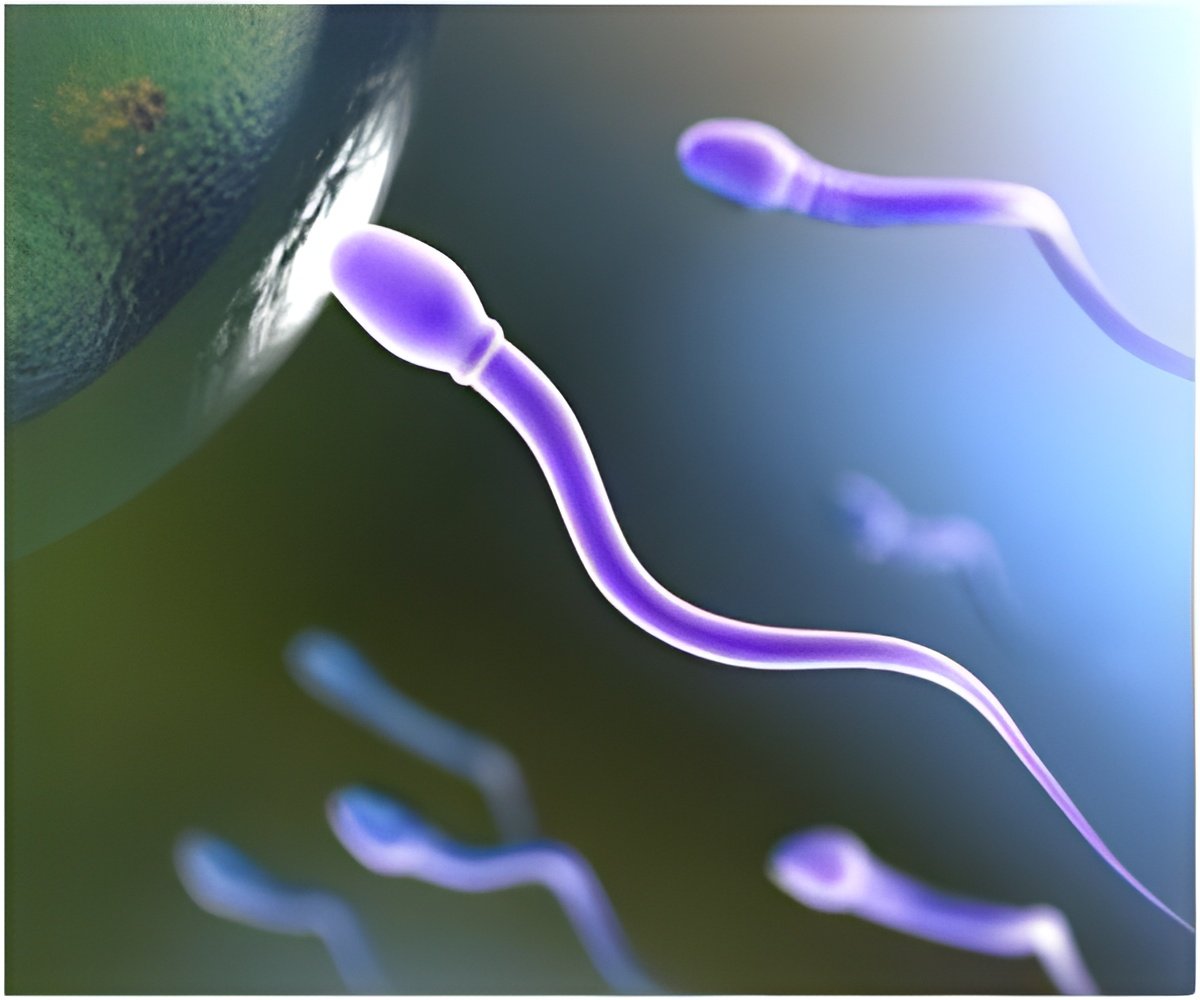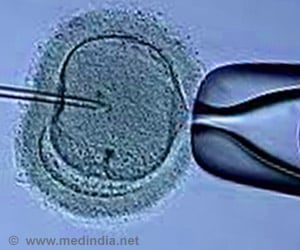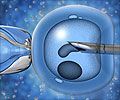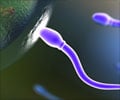
For creating them, Schmidt's group fashioned microtubes 50 microns long, by 5 to 8 microns in diameter from iron and titanium nanoparticles.
Then the researchers added the microtubes to a fluid that contained thawed bull sperm, and as tube's one end was narrower than the other, sperm reaching the wider end become trapped, headfirst, while their flagella was still free.
Scientists were able to control microtubes' orientation by using external magnetic fields.
The paper has been published in journal Advanced Materials.
Source-ANI













